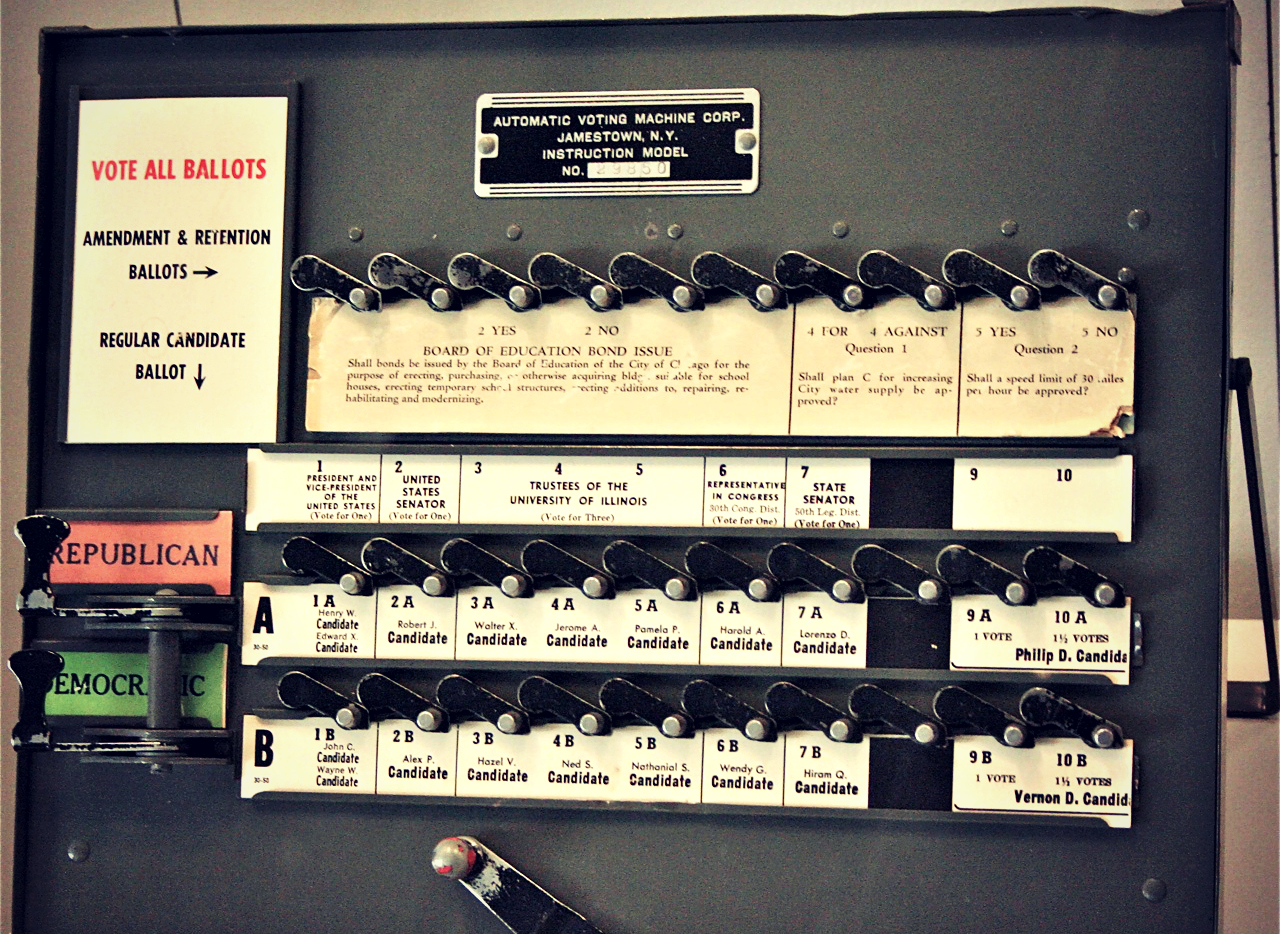Originally posted at CA Fwd.
By Ed Coghlan.
If you’re like me, when you go to vote in California, it can feel like stepping back in time. Today’s voting system just doesn’t reflect the technology-driven ease that we enjoy with so many other things in our lives.
That may be changing dramatically for the better thanks to the passage of SB 360, which awaits Governor Brown’s signature.
County voting systems in California are aging rapidly and the process for approving voting systems is doing little to help certify innovative ones or to spur new approaches to developing them.
“SB 360 is consistent with the forward thinking, innovative, next generation thinking that so many of us, including Governor Brown, associate with our state,” said Dean Logan, Los Angeles Registrar/Recorder and County Clerk, and one of the nation’s most innovative thinkers when it comes to election technology.
The bill will enable California to move forward with the development of new voting systems that reflect today’s electorate. No new systems have been approved in California since 2007. In fact, LA’s current voting system is just a minimally upgraded version of the same one that’s been used since 1968. It was only in 2003 that an alteration was made moving it from chads to ink, yet the tally system is still the same one that was used to elect Richard Nixon.
The problem isn’t just the state’s. Nationally, the federal certification standards have lagged today’s technological advancements. The result is that not much new is happening with election systems anywhere, not just in California. New York’s recent mayoral election debacleonly underscores this point.
If SB 360 is signed, California won’t have to wait for the feds and could then take the lead and do what is best.
“There was solid, broad and wide-ranging support for SB 360,” said Logan. “Now not only can we move forward with the development of new voting systems, but we can focus on a path for a true publicly owned and publicly operated voting system.”
Currently, these systems must be approved by both the federal and state regulatory agencies. This bill streamlines that. The Secretary of State will be responsible for the certification of those used in California. The SoS will be responsible for setting regulations and approving voting system test labs.
Existing voting systems are purchased through private vendors. Logan’s vision–one that he is working on in real time in Los Angeles County–is to create a system where the source code and the service are owned and operated by the public, which he says is both appropriate and expected.
As an author of SB 360, Sen. Alex Padilla weighed in saying that “a public voting system will be more transparent, instill public trust, be more accountable and provide greater access to all voters.”
California is obviously a huge, complex and diverse state with many different regional needs and wants. Los Angeles County, which has more people and is more diverse than most states, represents a remarkable laboratory for creating the 21st century voting system.
SB 360 gives Logan and his team the runway to develop a voting experience that is reflective of the 21st Century in terms of technology and ease of use while protecting the integrity of our elections. a task which dates back to the very founders of our country. He’s been talking with thousands of LA County residents and public interest groups as well as conducting focus groups, surveys and public forums about what they would like to see in a new system.
He expects that voters will begin to experience some of what he and his team has been developing as early as certain off-year elections in 2015.
Yes, the world of voting systems is changing, and California is poised to lead in this area as it has done is so many others over the years.





